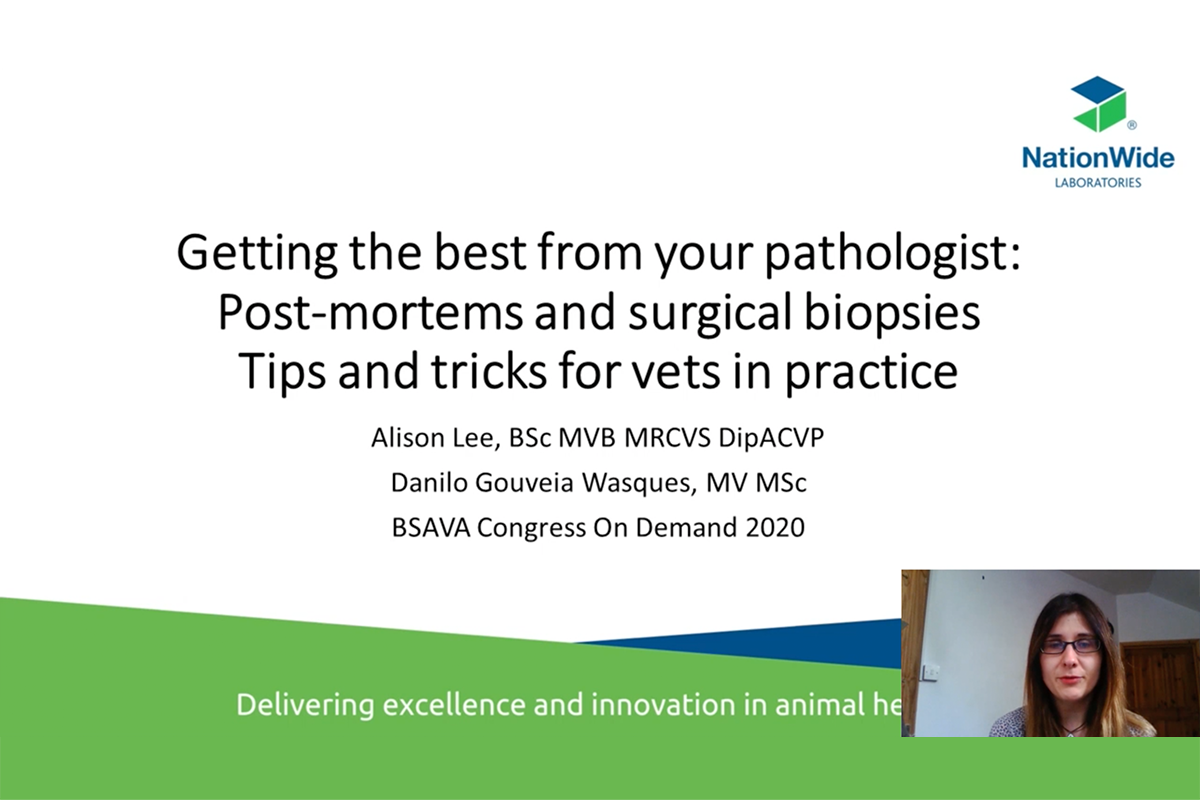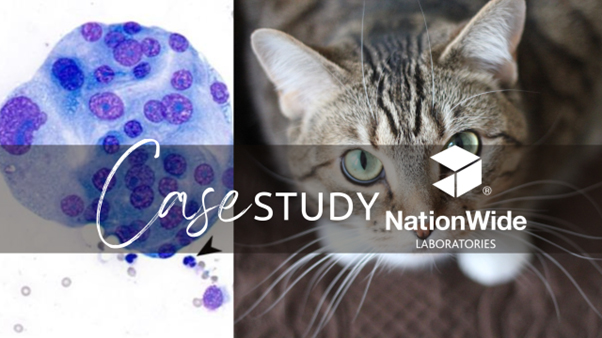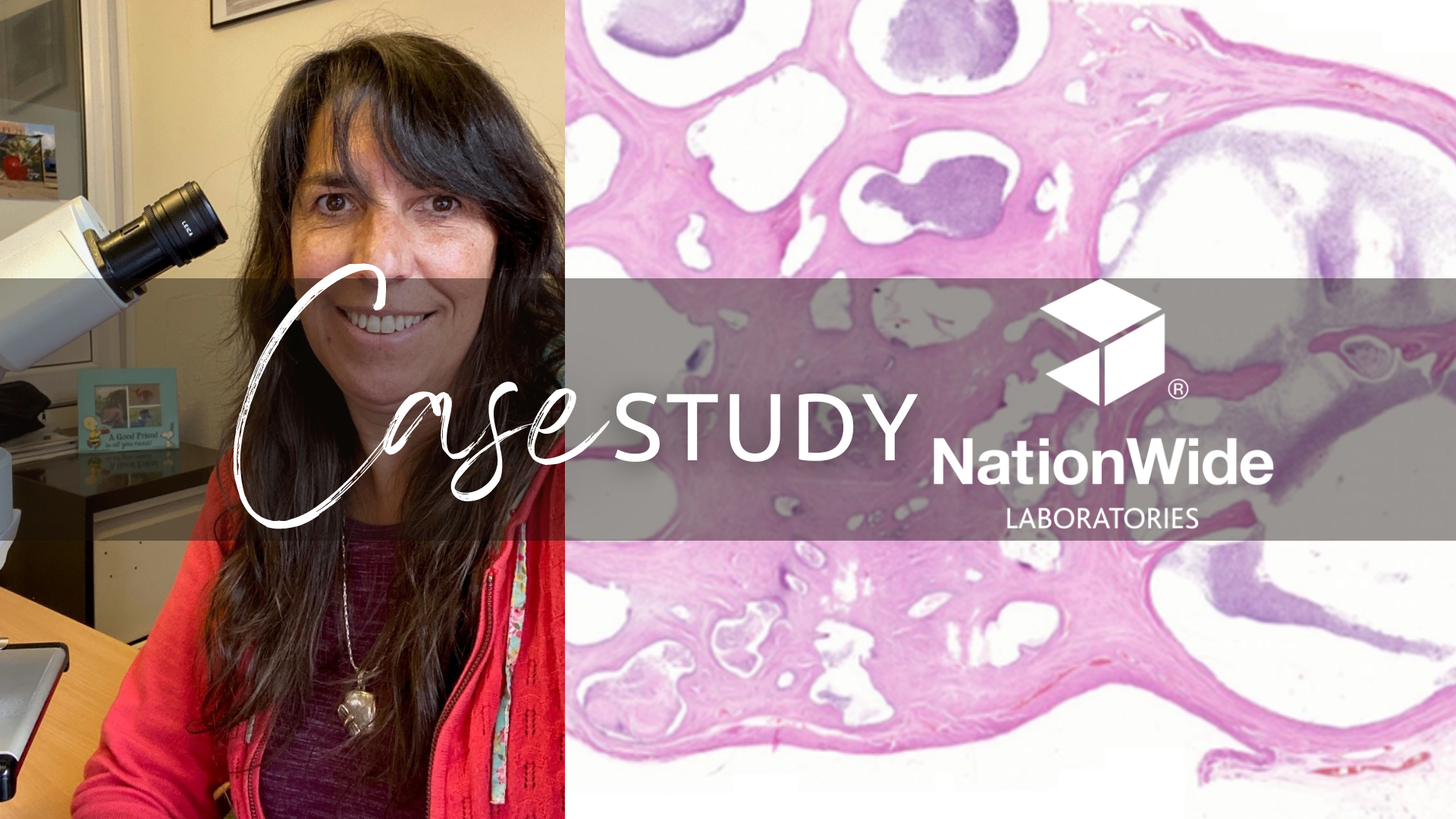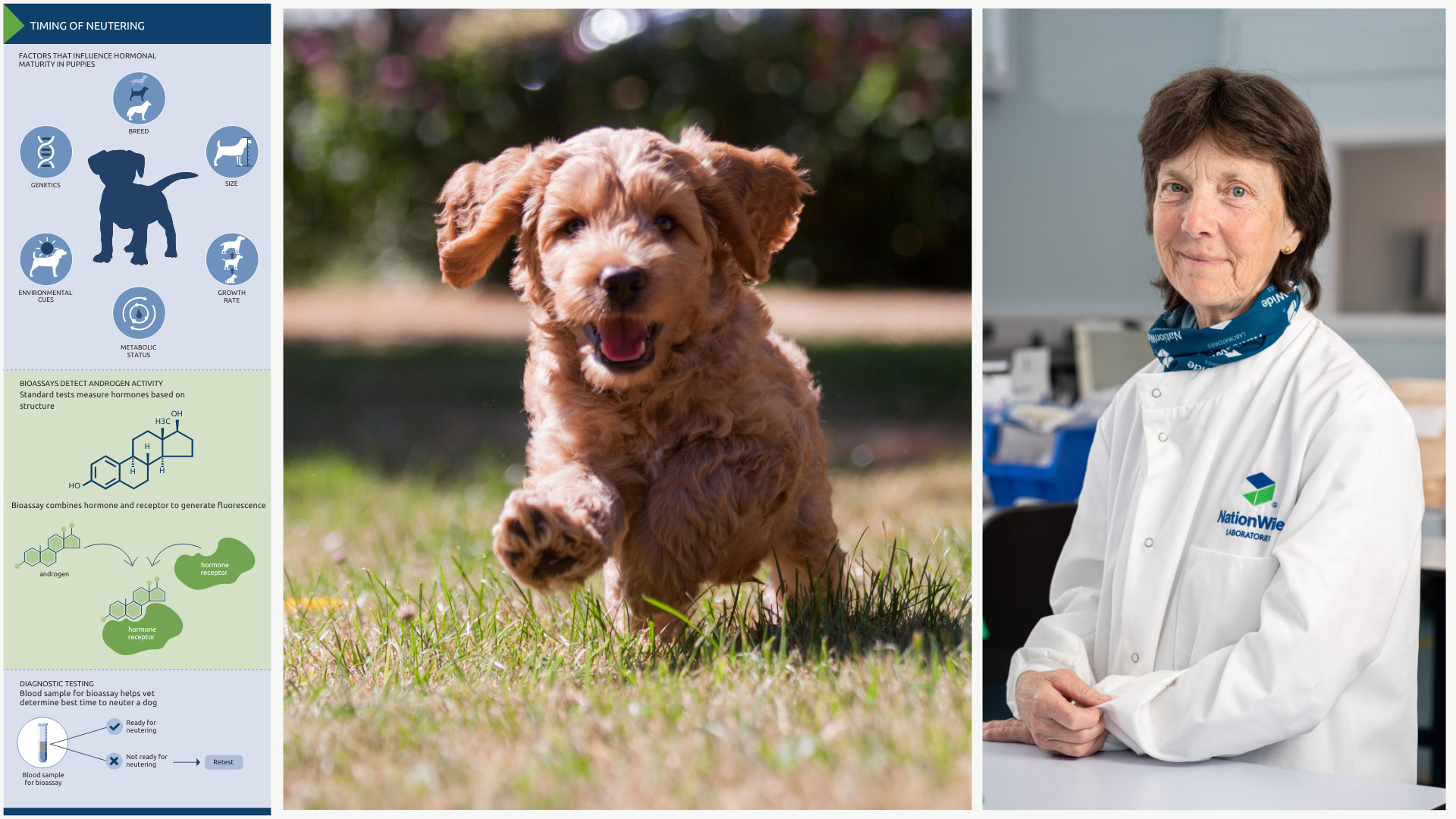Getting the best of your pathologist: Post-mortems and surgical biopsies. Tips and tricks for vets in practice

Speakers: Alison Lee BSc MVB MRCVS DipACVP DVMS and Danilo Wasques MV MSc DipACVP
Post-mortem examination (PME) may be offered by clinicians to investigate sudden unexplained death in pets. Beforehand, consent should be obtained, history taken, and the body weighed and scanned for a microchip. PME should be carried out within 24 hours of death and freezing the body should be avoided. All organs should be examined systematically, and descriptive notes and photographs taken. Samples of liver, lung, kidney and any lesions should be taken for histopathology. Liver, kidney, stomach content, lung, and fat may be frozen for toxicological analysis.
Incisional biopsies (IB) are useful for cases where the clinician requires an accurate diagnosis for decision-making. This is especially true for cases where radical surgery is anticipated (e.g. limb amputation for osteosarcoma) or for lesions which are not easily assessed by FNA (e.g. feline alimentary lymphoma). Excisional biopsies (EB) are not only diagnostic but also potentially curative and allow evaluation of surgical margins. Regardless of the type of sample submitted, it is imperative that relevant clinical history and differential diagnoses are communicated to the pathologist to maximize diagnostic accuracy.




